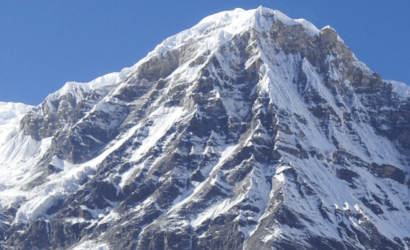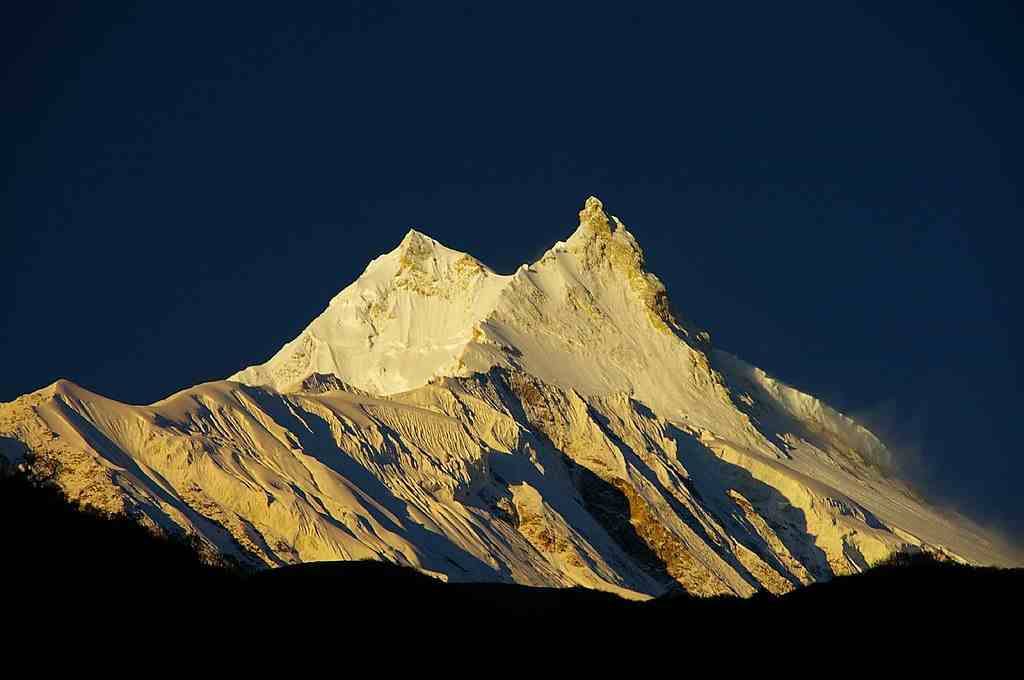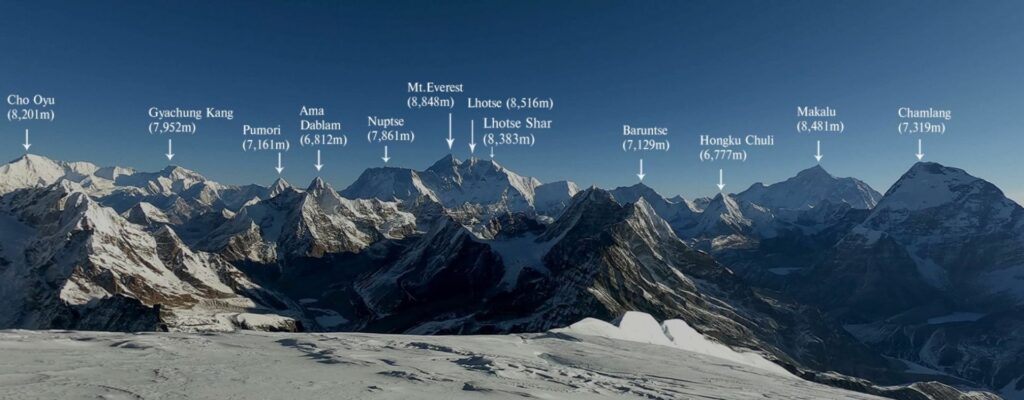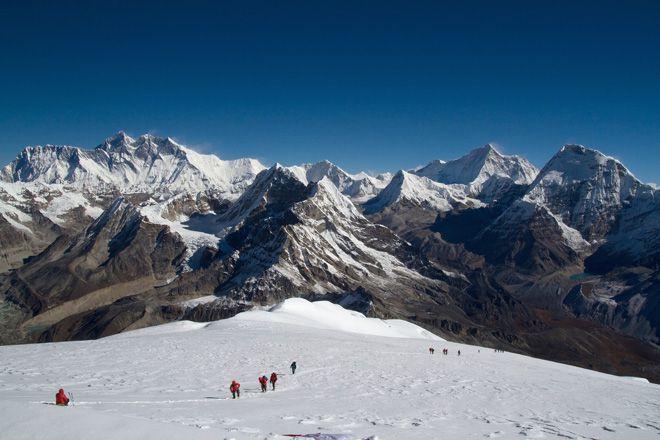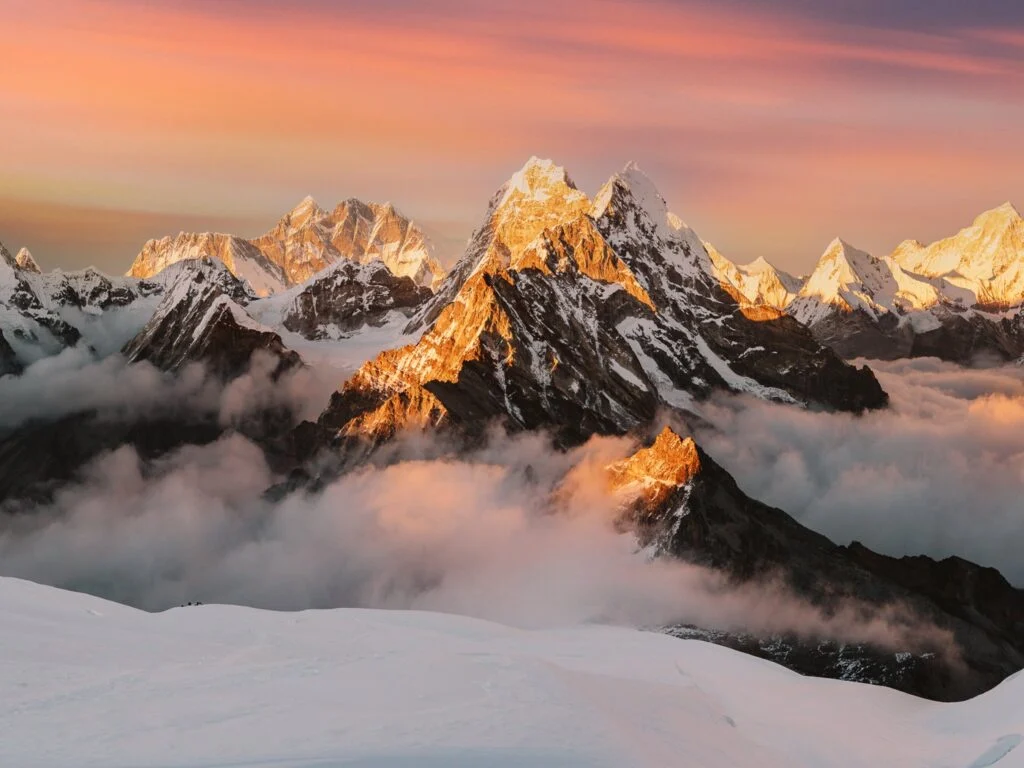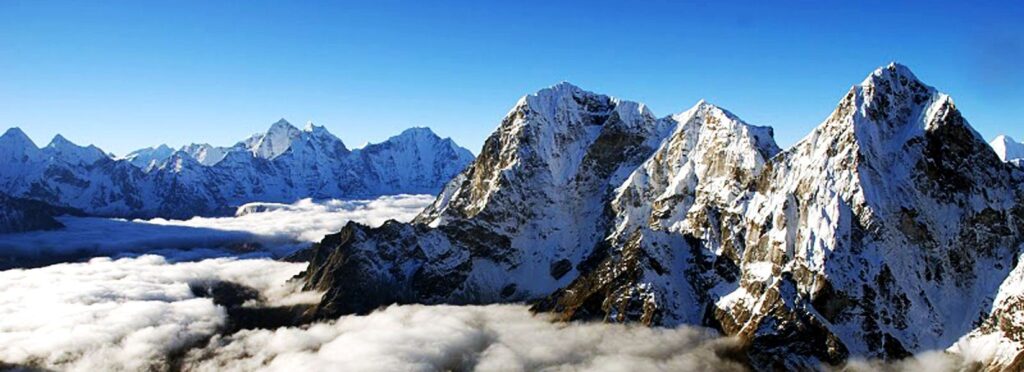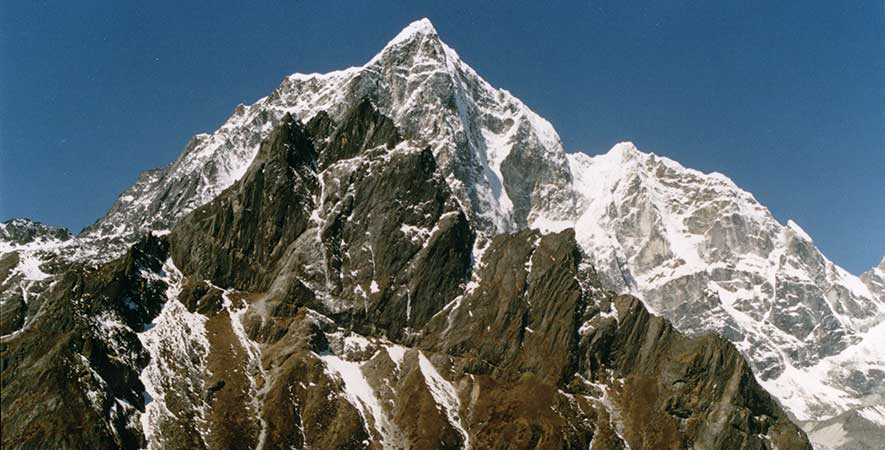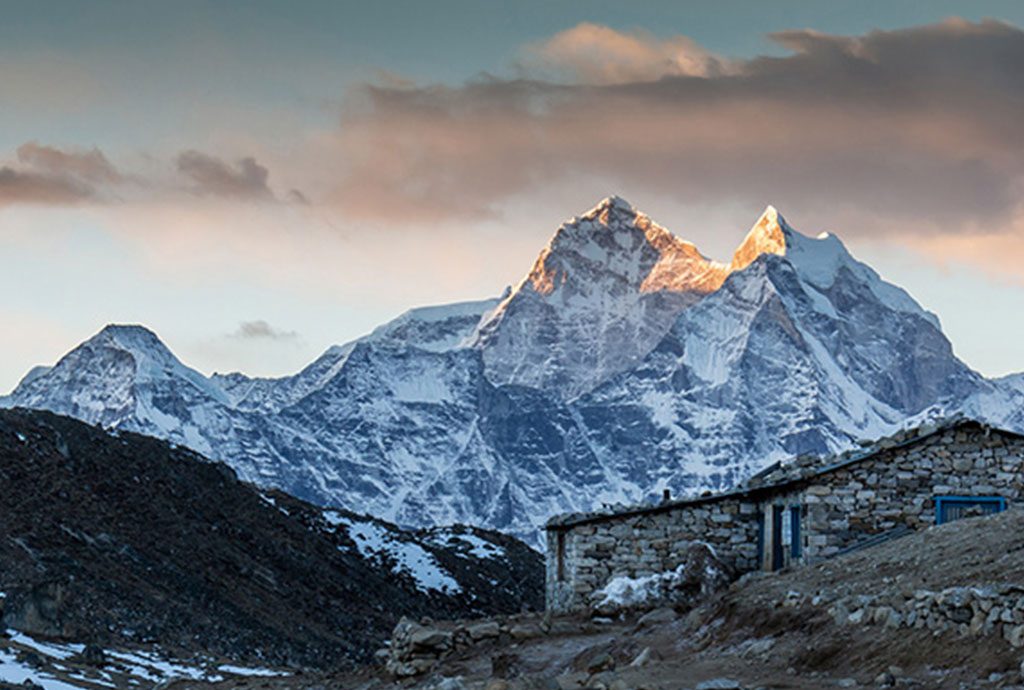Island Peak, also known as Imja Tse, stands as a majestic pinnacle amidst the breathtaking Khumbu region of Nepal. With an elevation of 6,189 meters (20,305 feet), Island Peak offers a thrilling and rewarding climbing experience. Let’s explore the highlights of Island Peak climbing and discover why it has become a popular choice among mountaineers.
Island Peak climbing requires a moderate level of technical skill and experience. Climbers should be familiar with basic mountaineering techniques like using crampons, ropes, and ice axes. The ascent involves navigating through glacier crossings, steep snow slopes, and a thrilling final ridge climb. It’s a test of skill, endurance, and mental fortitude.
Ascending Island Peak rewards climbers with awe-inspiring vistas of the surrounding Himalayan giants, including Lhotse, Nuptse, Ama Dablam, and Everest itself. Immerse yourself in the stunning landscapes of the Khumbu Valley, with its pristine glaciers, emerald lakes, and dramatic mountain peaks. Capture moments that will leave you spellbound.
Overview
The journey to Island Peak offers an opportunity to connect with the rich Sherpa culture. Traverse through picturesque Sherpa villages, visit ancient monasteries, and witness the warm hospitality of the local communities. Embrace the spirit of the Himalayas as you learn about their traditions, beliefs, and way of life.
The best seasons for Island Peak climbing are spring (March to May) and autumn (September to November). These months offer stable weather conditions, clear skies, and optimal climbing conditions. However, it’s essential to check weather forecasts and consult experienced guides for the latest information before planning your climb.
Prepare for the adventure of a lifetime by training, acclimatizing, and joining a reputable climbing agency or experienced guides. Island Peak climbing promises a remarkable blend of adrenaline-pumping challenges, natural wonders, and cultural encounters. Start your journey now and conquer the summit of adventure on Island Peak!


